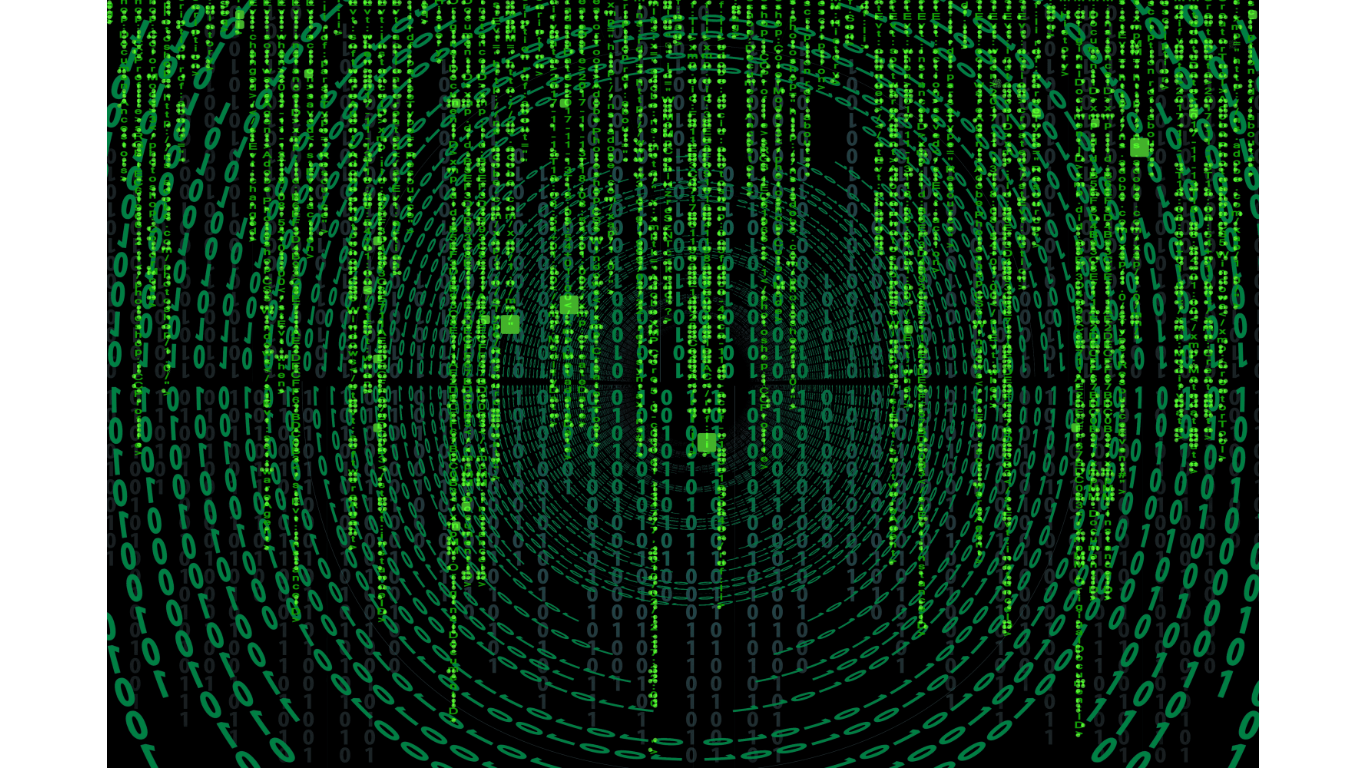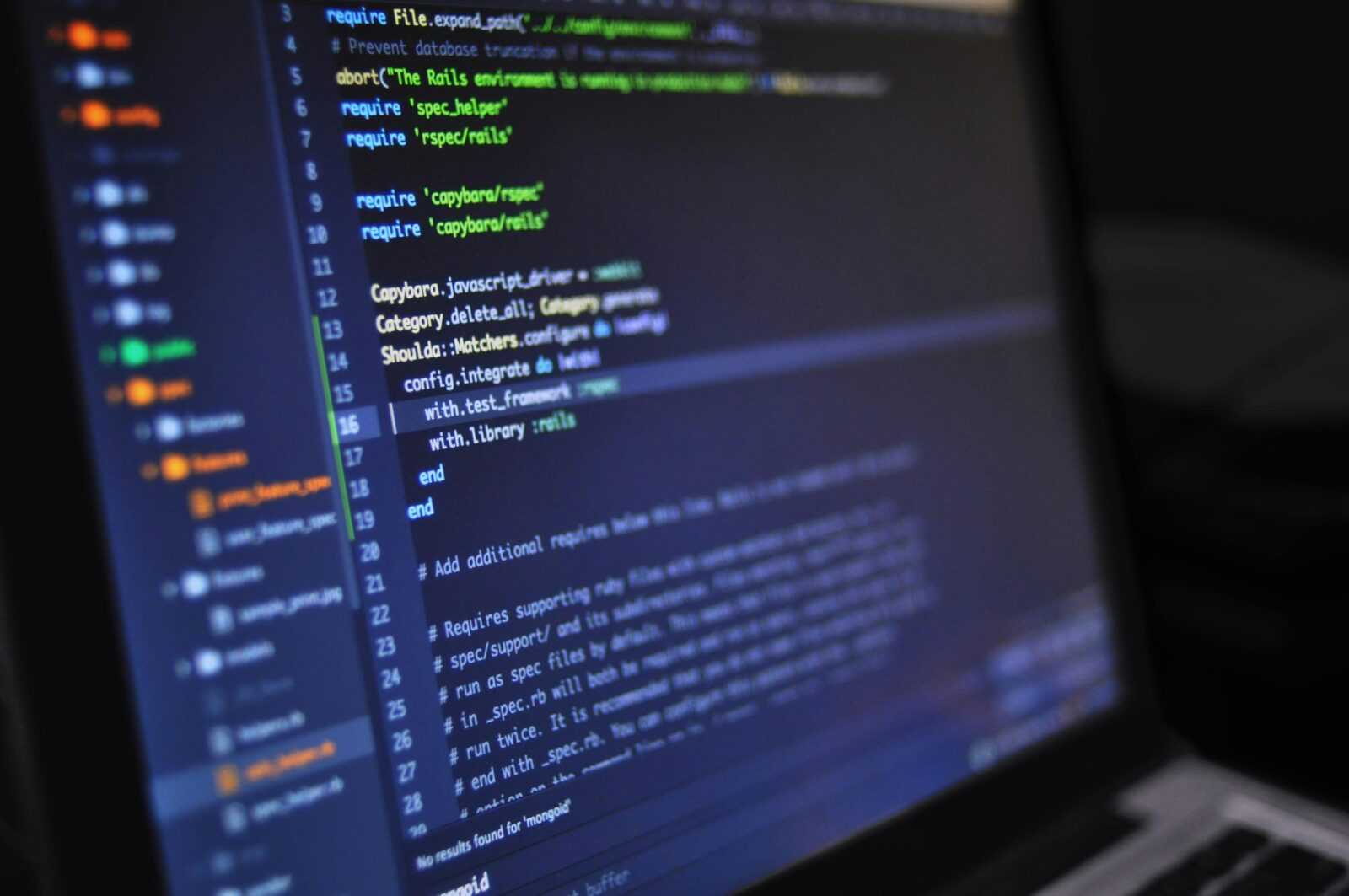Understanding the Importance of Clean Code
The Impact of Maintainability on Software Development
- Maintaining clean code is crucial in software development. It ensures that the codebase remains flexible and easy to update as the project progresses. When code is clean and well-structured, developers can easily add new features, fix bugs, and improve functionality without causing unintended side effects. This, in turn, speeds up the development process and makes the software more robust and reliable.
The Costs of Neglecting Code Quality
- Neglecting code quality can have significant repercussions in the long run. Poorly written code that lacks clarity and organization can lead to a host of issues, including increased development time, higher bug fix costs, and difficulty in collaboration among team members. Additionally, when code quality is compromised, it becomes harder to maintain and scale the software, resulting in a higher chance of introducing errors and decreased overall productivity. Therefore, investing time in writing clean and maintainable code upfront can save valuable time and resources in the future.
Fundamental Principles of Writing Clean Code
Readability: The Backbone of Maintainability
Clear and understandable code is crucial for maintaining software projects. When code is readable, it’s easier for me to comprehend its functionality quickly. By using meaningful variable names, concise comments, and consistent formatting, I can enhance the readability of my codebase. This practice not only aids in my own understanding but also facilitates collaboration with other developers and streamlines the debugging process.
Simplicity: Less is More
In coding, simplicity is key to writing clean and maintainable code. I strive to adhere to the principle of simplicity by avoiding unnecessary complexity and keeping my solutions straightforward. By focusing on clear and concise logic, I ensure that my code is easier to maintain, update, and troubleshoot. Embracing simplicity helps me reduce the risk of introducing bugs and enhances the overall quality of the software I develop.
Code Reuse and Modular Design
Promoting code reuse and modular design can significantly improve the maintainability of my projects. By breaking down my code into reusable components and modules, I can avoid duplication and promote consistency across my codebase. This approach not only saves time in development but also makes it simpler to update and scale my applications. Embracing code reuse and modular design principles allows me to create more robust and flexible software solutions.
Strategies for Writing Clean and Maintainable Code

1. Naming Conventions: The Art of Meaningful Names
In coding, selecting appropriate names for variables, functions, and classes is crucial. It’s essential to choose names that are clear and descriptive, reflecting their purpose in the code. By using meaningful names, I can convey the intent of the code to myself and other developers, making the code more understandable and maintainable. For example, instead of using generic names like “data” or “temp,” opt for specific names like “userInput” or “tempValue” to enhance readability and reduce confusion. Consistent naming conventions across the codebase also promote uniformity and ease of navigation for developers working on the project.
2. Commenting and Documentation: Guiding Future Developers
Commenting and documentation play a vital role in clarifying the codebase for present and future developers. Properly commented code not only explains the functionality of various components but also provides insights into the rationale behind specific implementations. When I add comments to my code, I ensure that they are concise, relevant, and add value by explaining intricate or non-obvious sections of the code. Documenting external interfaces, complex algorithms, and important decisions allows me and my team to understand the code’s context and facilitates easier maintenance and debugging. By consistently documenting the code, I contribute to the longevity and sustainability of the project.
3. Refactoring: Continuous Improvement of the Codebase
Refactoring involves improving the code structure without altering its external behavior. It is a fundamental practice that helps enhance the code quality, readability, and maintainability over time. When I refactor my code, I focus on simplifying complex logic, eliminating redundancy, and adhering to best coding practices. By breaking down large functions into smaller, more manageable ones, I can improve code readability and promote reusability. Regular refactoring sessions not only enhance the quality of the codebase but also make it easier to add new features, fix bugs, and adapt to changing requirements. Embracing refactoring as a continuous process leads to cleaner, more maintainable code and fosters a culture of improvement within the development team.
4. Unit Testing: Ensuring Code Reliability
Unit testing is a crucial aspect of writing clean and maintainable code as it helps verify the functionality of individual units or components in isolation. Writing comprehensive unit tests not only validates the correctness of the code but also ensures that future changes do not introduce unexpected bugs or regressions. By writing tests that cover various scenarios and edge cases, I can increase the reliability of the codebase and have confidence in making modifications without breaking existing functionality. Integrating unit testing into the development workflow allows me to catch issues early, enforce code quality standards, and enhance the overall stability and maintainability of the software product.
Tools and Technologies that Assist in Maintaining Code Quality
Integrated Development Environments (IDEs) and Their Role
When it comes to maintaining code quality, leveraging Integrated Development Environments (IDEs) is crucial. IDEs offer a comprehensive set of tools that streamline the development process and help programmers write clean and maintainable code. They provide features such as syntax highlighting, code completion, and refactoring tools that enhance productivity and enforce coding standards. By utilizing an IDE, I ensure that my code is structured, organized, and free of common errors, leading to more efficient development cycles and improved code quality.
Static Code Analysis Tools
In my quest for clean and maintainable code, I rely on Static Code Analysis Tools to identify potential issues and enforce coding best practices. These tools analyze code without executing it, highlighting errors, bugs, and vulnerabilities before they manifest in the application. By integrating static code analysis into my workflow, I proactively assess code quality, adhere to coding standards, and prevent common pitfalls. This proactive approach not only improves the overall quality of the code but also enhances its maintainability by minimizing the introduction of technical debt and bugs.
Version Control Systems: Beyond Just Keeping Track
Version Control Systems (VCS) play a pivotal role in maintaining code quality and fostering collaboration among developers. Beyond just keeping track of code changes, VCS like Git enable me to manage different versions of my codebase, track modifications, and facilitate seamless collaboration with team members. By utilizing branching, merging, and pull request features offered by VCS, I ensure that changes are tracked, reviewed, and integrated efficiently, leading to a more structured and maintainable codebase. VCS enhances code quality by providing a safety net for changes, enabling easy rollback to previous versions, and promoting a systematic approach to code maintenance.
Challenges in Adopting the Art of Coding
Overcoming Resistance to Change in Teams
In team environments, embracing new coding practices can often be met with resistance. It’s essential to address individuals’ concerns and demonstrate the benefits of writing clean and maintainable code. By showcasing how these strategies can lead to improved efficiency, easier bug identification, and smoother collaboration, team members are more likely to see the value in adopting such practices. Encouraging open communication and providing training opportunities can help alleviate fears and ensure a smoother transition to a more structured coding approach.
Balancing Clean Code with Delivery Deadlines
One of the primary challenges in adhering to the art of coding is finding a balance between writing clean code and meeting project deadlines. While it’s crucial to write code that is readable and maintainable, tight schedules and client demands can sometimes overshadow the pursuit of perfection. In such cases, prioritizing tasks based on impact and considering future maintenance efforts can help strike a balance. It’s important to communicate with stakeholders about the importance of allocating sufficient time for code quality without compromising project timelines. Balancing these aspects ensures a sustainable codebase while meeting business requirements effectively.
Case Studies and Examples
Success Stories of Implementing Clean Coding Practices
In my experience, implementing clean coding practices has led to remarkable success stories within development teams. By emphasizing meaningful naming, consistent conventions, and thorough documentation, we witnessed a significant improvement in code quality and readability. For example, adopting clear names for variables, functions, and classes not only enhanced our understanding of the codebase but also streamlined collaboration among team members.
Lessons Learned from Code Refactoring Projects
Reflecting on past code refactoring projects, I’ve gleaned valuable lessons on the importance of continuous improvement. Refactoring code regularly not only enhances its maintainability but also boosts developer productivity. For instance, transforming complex and convoluted code snippets into concise and efficient functions resulted in fewer bugs and faster feature implementations. This iterative process of refining code has been instrumental in ensuring the long-term sustainability and scalability of our projects.

 Amber Derbyshire is a seasoned article writer known for her in-depth tech insights and analysis. As a prominent contributor to Byte Buzz Baze, Amber delves into the latest trends, breakthroughs, and developments in the technology sector, providing readers with comprehensive and engaging content. Her articles are renowned for their clarity, thorough research, and ability to distill complex information into accessible narratives.
With a background in both journalism and technology, Amber combines her passion for storytelling with her expertise in the tech industry to create pieces that are both informative and captivating. Her work not only keeps readers up-to-date with the fast-paced world of technology but also helps them understand the implications and potential of new innovations. Amber's dedication to her craft and her ability to stay ahead of emerging trends make her a respected and influential voice in the tech writing community.
Amber Derbyshire is a seasoned article writer known for her in-depth tech insights and analysis. As a prominent contributor to Byte Buzz Baze, Amber delves into the latest trends, breakthroughs, and developments in the technology sector, providing readers with comprehensive and engaging content. Her articles are renowned for their clarity, thorough research, and ability to distill complex information into accessible narratives.
With a background in both journalism and technology, Amber combines her passion for storytelling with her expertise in the tech industry to create pieces that are both informative and captivating. Her work not only keeps readers up-to-date with the fast-paced world of technology but also helps them understand the implications and potential of new innovations. Amber's dedication to her craft and her ability to stay ahead of emerging trends make her a respected and influential voice in the tech writing community.
